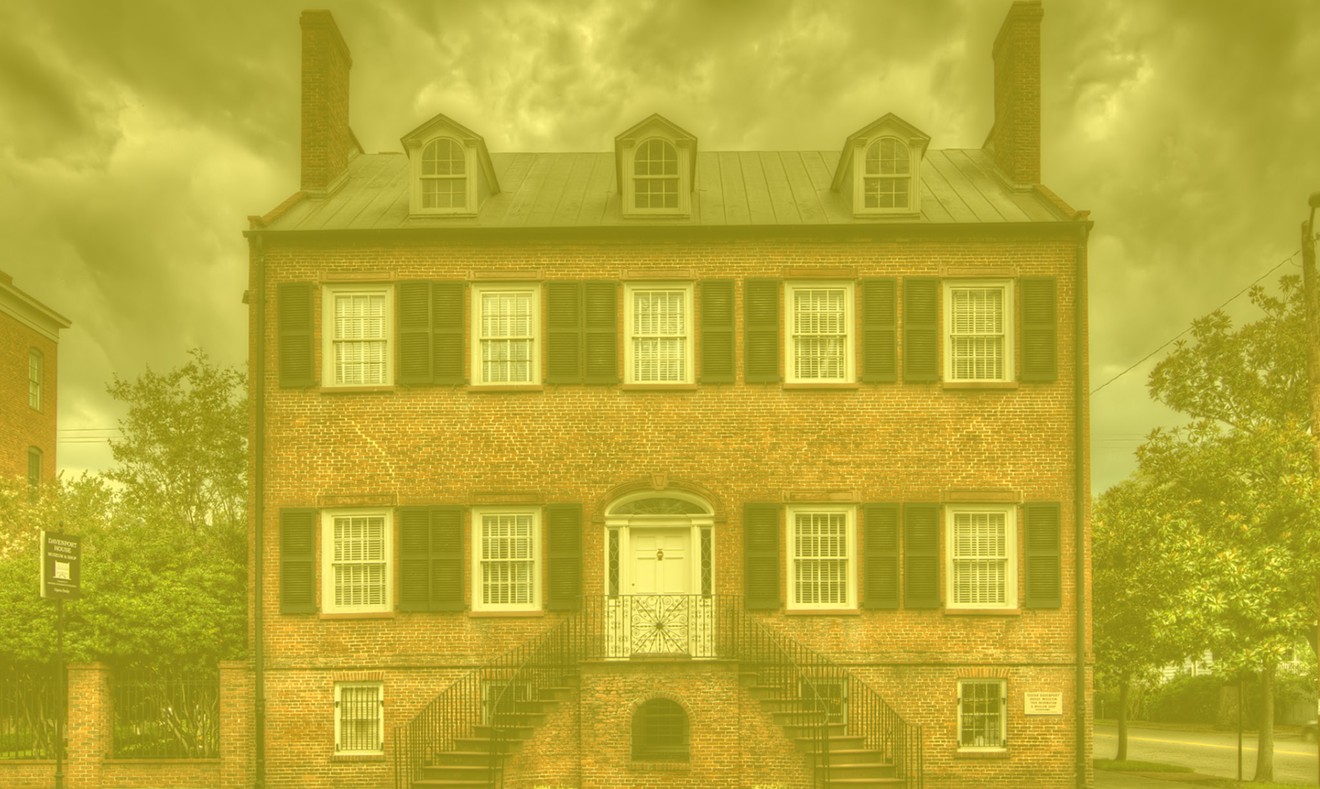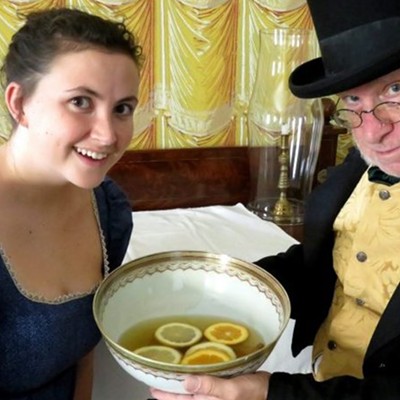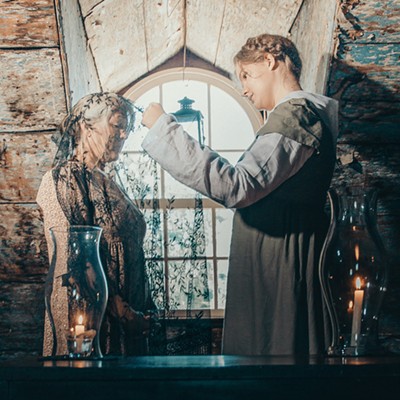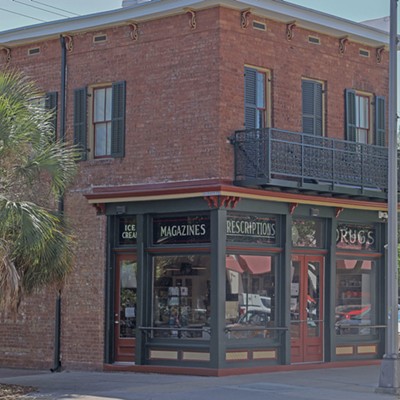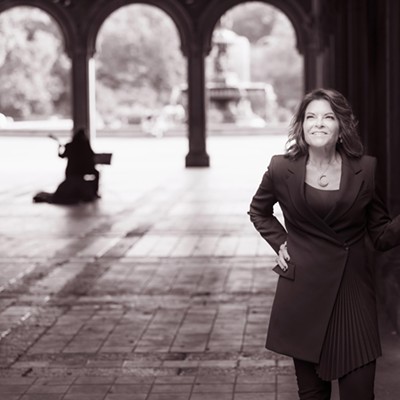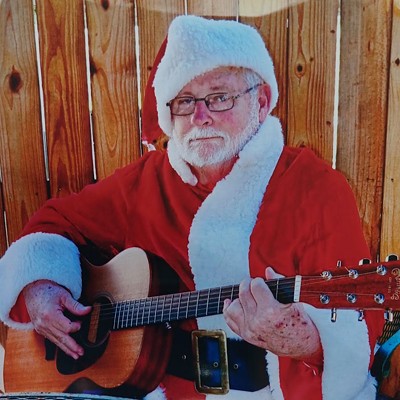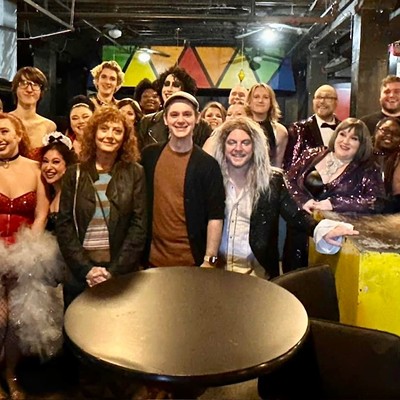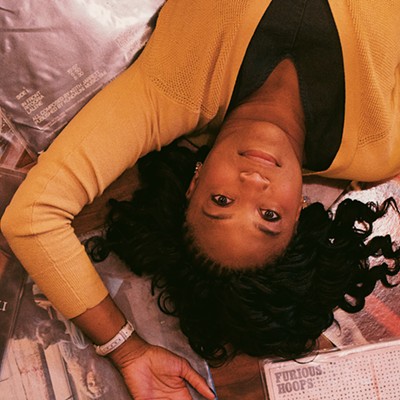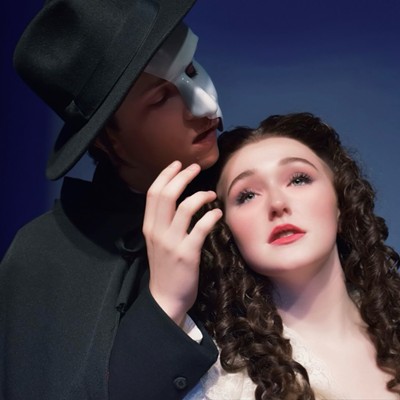Those looking to get into the spooky spirit this Fall may want to check out the Davenport House Museum for an eerie glimpse into Savannah’s past.
For the month of October the Davenport House Museum will be hosting its “Living History: Yellow Fever in Savannah” program.
Jamie Credle, director of the Davenport House Museum, said their goal is to give visitors a better understanding of what it was like to go through the Yellow Fever epidemic with a 50-minute dramatized recreation.
“We have a cast of characters primarily consisting of community volunteers who are performing a scripted presentation using historical sources from 1820 that are related to Yellow Fever, loss, and despair,” Credle said. “We want people to understand the psychological effects the Yellow Fever epidemic caused the city’s residents, so our living history experience explores different ways that people were doctored back then and how they dealt with it.”
Simulated by candlelight, visitors will first be taken to the street to see dramatized historical characters such as the soon to be 1820 mayor of Savannah, Thomas Usher Pulaski Charlton, as well as Georgia’s first female doctor Mary Lavender. Then, visitors will enter the house and explore different period-rooms.
“In one of our period-rooms, visitors will hear a lady talking about loss and where the soul goes,” Credle said. “In another period room, Dr. Mary Lavender will be treating a patient who has the fever. Local historian Jamal Toure will also be performing and portraying a free man of color talking about the African American populace and how they would experience the epidemic.”
According to Credle, when the Yellow Fever epidemic hit Savannah in 1820, the medical community had no idea that it was the aedes aegypti mosquito that was causing the infections.
“The medical community thought it was bad air that emanated from the rice fields and the humidity,” she noted. “But it was actually a particular type of mosquito, the aedes aegypti, that likes clean standing water. In 1820, Savannah had a mild winter and a wet spring and summer, which bred a lot of mosquitoes. It was the perfect storm to cause the Yellow Fever outbreak.”
In addition to the Yellow Fever outbreak, Credle said Savannah was facing another issue in 1820, housing shortages.
“The year 1820 was tough for Savannah. In January, there was a terrible fire that burned up about 463 buildings in the city,” she said. “So, that catastrophe brought in new people from all over that were looking to help rebuild the city and make a living at the same time.”
Credle also noted that as the city became more crowded, more people started getting sick and coming up with various reasons as to what was causing the epidemic.
“There were actually two community newspapers at the time and each one had different perspectives on what was actually happening in the city as far as Yellow Fever goes. But Savannah had all these new people coming into the city, and they all got sick because the mosquitoes had unexposed people to bite. Theories started to emerge and people started to blame anything and everything, including each other.”
In addition to not knowing the cause of the outbreak, Credle said the medical community had no idea how to treat the symptoms and victims received ruthless medical treatments.
“One of our doctors in our program will discuss medical treatment of Yellow Fever and what we would now consider kinda crazy...puking and purging, bleeding, and blistering sort of treatment,” she said.
In regards to the symptoms, Credle said victims infected with Yellow Fever would develop a high fever accompanied with the chills, headaches, muscle aches, and vomiting—often becoming severe enough to kill.
Many victims seemed to be on the road to recovery when the infection would lead to shock, bleeding, and kidney and liver failure, killing them.
“That year, the city lost around 900 people and most of the victims were buried in Colonial Park Cemetery in mass, unmarked graves. It was a devastating year.”
Davenport House Museum’s “Living History: Yellow Fever in Savannah” program is based upon fact, making it an even spookier experience.
“We intentionally do this program in October because people are interested in seeing things that are creepy,” Credle said. “We thought we could compliment the ghost tour industry with something that’s a little bit different because we want folks to participate in all the options with regards to entertainment, or edu-tainment.”
“Living History: Yellow Fever in Savannah” will run every Fri. and Sat. in Oct. Performances start at 7 p.m. To purchase tickets or for more information visit davenporthousemuseum.org or call 912-236-8097.

